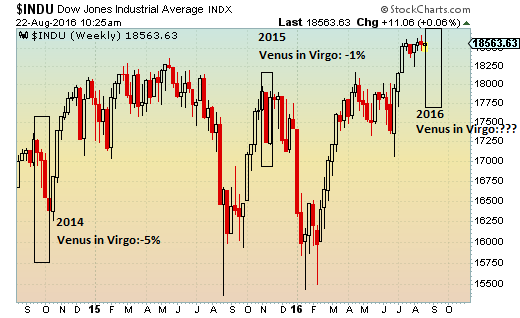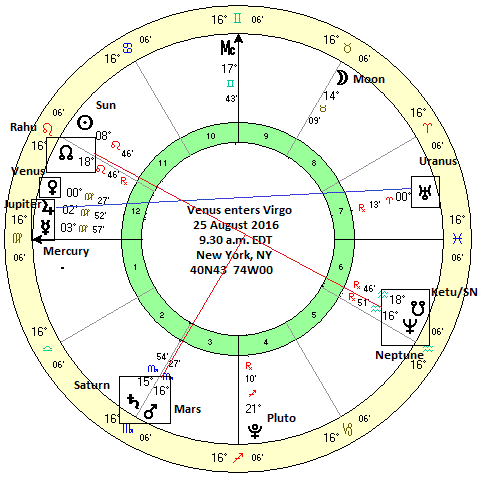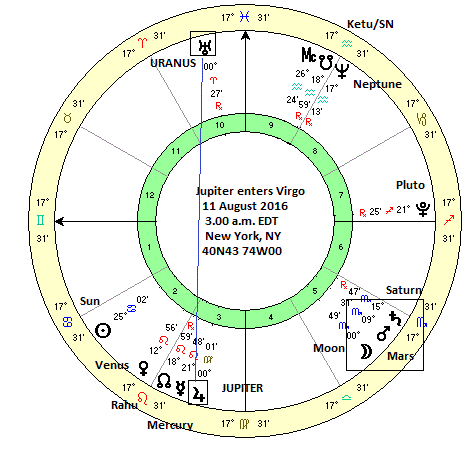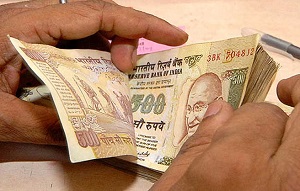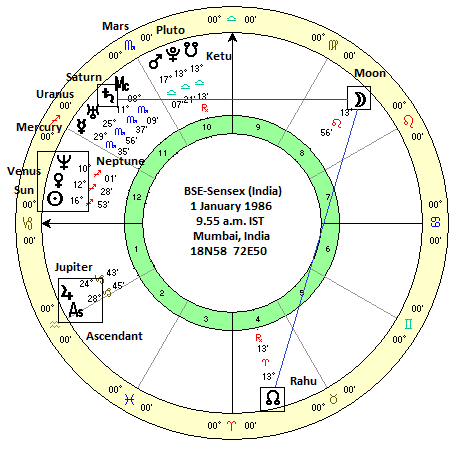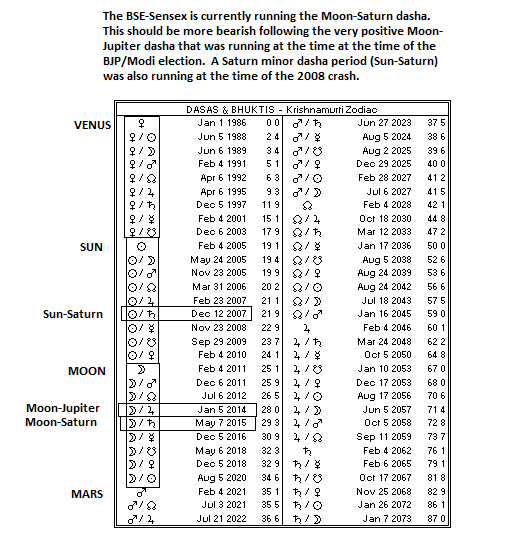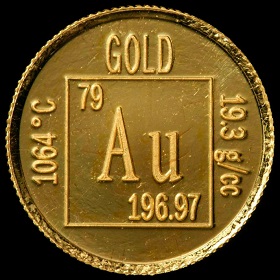 (30 August 2016)
As the global economy sputters along despite massive central bank
intervention, gold has had a pretty good year thus far in 2016. Like
most stock markets, gold has benefited from all the QE bond buying and
negative interest rates as investors factor in greater inflation risks.
Gold is the traditional hedge against inflation and currency
debasement, so it tends to do well when the Fed, the ECB and their
fellow travelers are up to their usual money printing tricks to
encourage people to spend money they don't have.
(30 August 2016)
As the global economy sputters along despite massive central bank
intervention, gold has had a pretty good year thus far in 2016. Like
most stock markets, gold has benefited from all the QE bond buying and
negative interest rates as investors factor in greater inflation risks.
Gold is the traditional hedge against inflation and currency
debasement, so it tends to do well when the Fed, the ECB and their
fellow travelers are up to their usual money printing tricks to
encourage people to spend money they don't have. The price of gold bottomed in December 2015 at $1050 and has been on the rebound ever since as central banks have become more "creative" in their efforts. It has been taking a bit of a breather this summer after making an interim high of $1375 in June just after the Brexit vote. The Fed has been sounding more hawkish lately as more rate hikes are likely on the way. Can the gold rally continue as the Fed tightens?
Usually, I favour the 1919 London horoscope for the price of gold as this chart represents its first publicly posted price. But other charts are still useful and can provide additional or confirming information. One of these is the horoscope for the GLD ETF which is one of the largest ETFs in the world. GLD was first traded on 18 November 2004. Instead of having to buy physical gold, ordinary investors can enjoy the benefit of owning gold through purchasing this ETF through the NY stock exchange.
GLD is designed as a proxy for the price of gold and therefore its variations in price will reflect fluctuations in the price of gold. Astrologically speaking, we should acknowledge that the changing influences on the GLD horoscope are a second tier sort of influence as it is a derivative of real gold. Nonetheless, it is such a widely-held security that we would expect the horoscope of GLD to offer at least some meaningful correlation with changes in price.
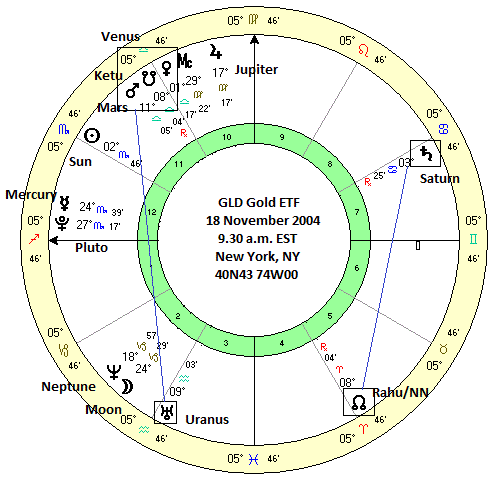
There are any number of astrological factors one should include in a proper price forecast for any security. In Vedic astrology, the best starting point for any analysis is the dasha periods. Indian readers will be more familiar with this sequence of planetary periods where ups and downs of life (and price!) are reflected by the changing planetary lords. Western readers may not have encountered this concept before, however. Essentially, a dasha period is a time period of several years where one's fortunes and luck rise or fall depending the nature and condition of the planetary lord of each dasha period. For example, if a chart of an individual (or asset) is running the 16-year Jupiter dasha period, then good things are more likely to occur.
Each period is then divided into minor dasha periods or bhukties and these can highlight shorter time periods of relative strength or weakness. The twist, however, is that not all Jupiter dasha periods will be positive. If Jupiter is poorly placed in a horoscope, then things can go sour and prices can fall. Conversely, even the dashas of supposedly bad planets like Saturn can bring gains, happiness and an increase in price if Saturn is strong in the chart. Alas, astrology is never easy or straight forward.
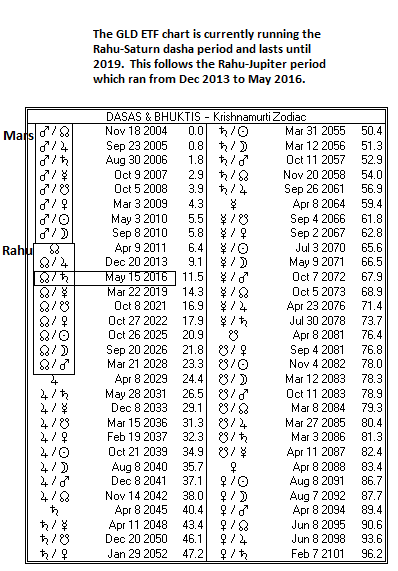
We can see how the dashas in the GLD horoscope may be working in the price chart below. Since its inception in 2004 until 2011, the GLD chart was running the Mars dasha. The price of gold rose from about $400 to over $1500 during those seven years. So a skeptic may well ask: Mars is a malefic planet by nature so how could the price of gold rise four-fold during this time? The short answer is that Mars is actually quite well placed in the chart. It is in the 11th house of gains and it is conjunct Ketu and Venus. Venus is a benefic influence anyway, especially in its own sign of Libra (and hence Mars' dispositor), and Ketu creates a sort of wild card factor. Ketu is often unpredictable in its effects as it can go either way, often in an exaggerated sense.
If Venus was not in the 11th house also, and Mars was only there with Ketu, then we would not have expected price to rise that much during the Mars dasha period. In fact, it could have fallen. An additional positive factor may have been the close 120 degree trine aspect with Uranus (9 Aquarius). Uranus is like Ketu in that it is an unstable energy which can increase the magnitude of any other influence. Mars was benefiting from the strong Venus influence in the 11th house so both Ketu and Uranus may have acted as multipliers.
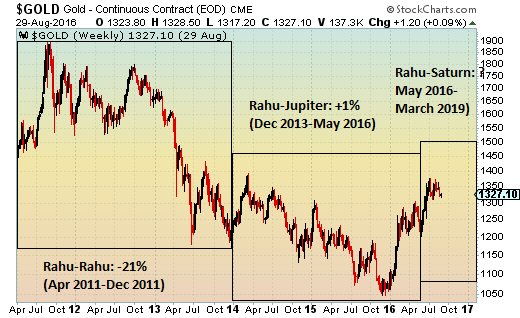
When the Mars period ended in 2011, the Rahu period began. Rahu is the Sanskrit name for the North Lunar Node. In Vedic astrology, Rahu has a poor reputation. Like Mars, it is considered to be a malefic influence, although in matters relating to the material world, it is actually more positive than negative. But Rahu is also quite a porous and receptive planet so whatever influences it is subjected to natally will tend to prevail during its dasha period. Rahu is fairly neutral in the 5th house in Aries aspected by Mars and Venus. That's quite mixed but possibly positive. However, the problem for Rahu in this chart is that it receives a fairly close square aspect from Saturn in the 8th house. This greatly afflicts the Rahu period in my view, and suggests that prices would be more likely to decline during its period.
So what has happened so far? When the first phase of the Rahu period began in April 2011, gold was in the middle of a huge and as it turned out, final rally to its record high of $1920 in September 2011. Surely that rally disproves the notion that this Rahu period would be negative? Well, not exactly since the Rahu period lasts until 2029! According to most traditional commentators, Rahu period can bring major gains in the course of its dasha period but they are unlikely to be sustainable by the end of its period. Rahu is said to give wealth and then takes it away without warning. Therefore, in the GLD Rahu period, I would think that the Saturn affliction will translate into declines by the end of the dasha period in 2029.
Actually, we can see how this acute Saturn affliction to Rahu played out in the first Rahu-Rahu period from April 2011 to December 2013. This pure Rahu period saw the price of gold fall from above $1500 to below $1200, a decline of 20%. This is more or less what we would have predicted beforehand given that difficult Saturn affliction.
The next minor period was the Rahu-Jupiter period which ran from December 2013 until May 2016. Gold bounced around somewhat during this time and did make a lower low at 1050. But by the end of the period it had recovered and posted a small 1% gain during that 30-month period. Jupiter, of course, is a benefic planet by nature and it is fairly well placed in the chart in the 10th house in Virgo without significant affliction. One possible source of weakness is that its dispositor, Mercury (i.e. Jupiter in Virgo) is poorly placed in the 12th house of loss. We might have thought gold would have performed somewhat better during this Rahu-Jupiter period although at least it did not decline further. As I mentioned, dashas are not the be-all and end-all of astrological analysis. Transits, progressions and other measurements also enter into the equation of probable future price trends.
Currently, gold has just started its Rahu-Saturn period. So what would we expect from this period that runs until March 2019? Saturn (3 Cancer) is usually a difficult planet and it is badly placed in the 8th house. Moreover, it is even more weakened by the fact that it is close to the equal 8th house cusp at 5 Cancer. The cusps of these dussthana houses are often more problematic for planets and their dasha periods.
The bottom line is that I would predict that gold will have a difficult time sustaining the current rally by 2019. While we could see another sudden rally to higher prices at various points along the way, the Rahu-Saturn period looks difficult. I would think gold will likely decline over the next three years. How much gold could fall is harder to predict by dashas alone. And it is not inconceivable that gold could actually post a gain by 2019. Dashas are powerful but they do not have the final word. Nonetheless, I would say that the probabilities are such that gold is unlikely to rally back to its 2011 high of $1920 anytime soon. And it could well fall back to its recent lows of $1050 eventually.
Weekly Market Forecast
Stocks have been generally weaker before and after the Janet Yellen speech at the Jackson Hole conference on Friday. We have seen some gains so far this week although US stocks are lower in Tuesday's trade. This relative weakness is in keeping with expectations as I thought the downside risk increased around the entry of Venus into Virgo last Thursday the 25th.
More downside looks fairly likely this week as Mars squares Rahu for the first half of the week and then the Moon conjoins the Sun and Rahu on the day of the Solar Eclipse on Thursday. The key US jobs report that could signal the next Fed rate hike comes out Friday just as the Moon enters Virgo to join Jupiter, Mercury and Venus. That looks positive and could reflect strength in the job market which could create some turbulence for some stocks as rates would be more likely to rise. At the same time, however, the alignment of positive planets in Virgo could also signify optimism in the market which may coincide with gains. I tend to think the market is more vulnerable here as Virgo contains a debilitated planet in Venus which could upend the otherwise positive vibes. We shall see.

